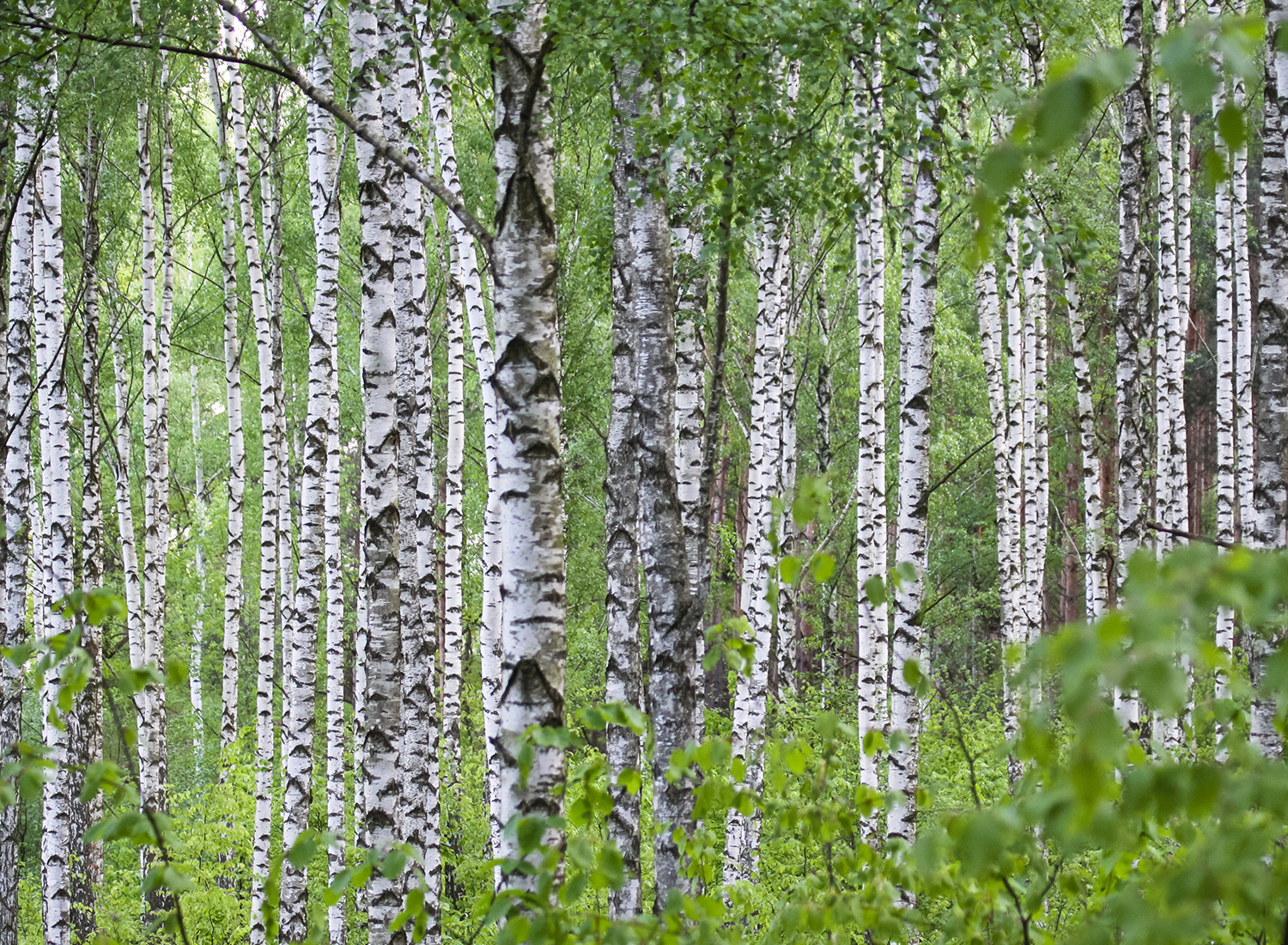The Environment Agency for England & Wales (EA) has made available a new guide on waste wood.
What topics does the new guide on waste wood cover?
- What waste wood is
- How it is classified and categorised
- How it is regulated
- … and issues arising from its regulation
The guide not only clarifies that virgin timber is not waste, but it states that: “In the near future we anticipate that any item of treated waste wood, that has not been assessed appropriately, should be classified as hazardous waste.”
Treated waste wood is defined as “wood that has been treated by being injected, impregnated, sprayed, infused (soaked) or surface coated with any organic or inorganic substances for the purposes of preserving or protecting it or for changing its appearance”. Some of these treatments may not be obvious and visible.
The EA are concerned about treated waste wood because it has been wrongly used in applications where it can cause risk to the environment and human health – for example, in composting, used as animal bedding or burnt as a fuel in inappropriate combustion plant.
The latest guidance from the Wood Protection Association (WPA) states that in order to assess and classify whether waste wood is hazardous, producers need to identify the Lists of Wastes code or codes that may apply to the waste. This is normally two codes (a mirror entry) where assessment of hazardous properties is legally required to determine which applies.
This guidance is covered within the WPA publication that is available on the WPA website. Click here to visit.
The assessment will have to consider:
- What hazardous substances are present (for example in timber treated with preservatives, coatings, paints or varnishes)
- Their concentration and chemical classification, to compare to hazardous waste thresholds
If you know whether the waste is treated and, if so, what it has been treated with, then the assessment of whether it is hazardous can be relatively simple and, other than for CCA and creosote, may often result in a non-hazardous classification. However, the type of treatment, and its concentration, cannot normally be determined by visual observation. Although railway sleepers, creosote treated timber, telegraph poles and demolition waste wood, primarily from old buildings, are particularly likely to be hazardous waste, this does not exclude any other items of treated waste wood from potentially being hazardous waste.

